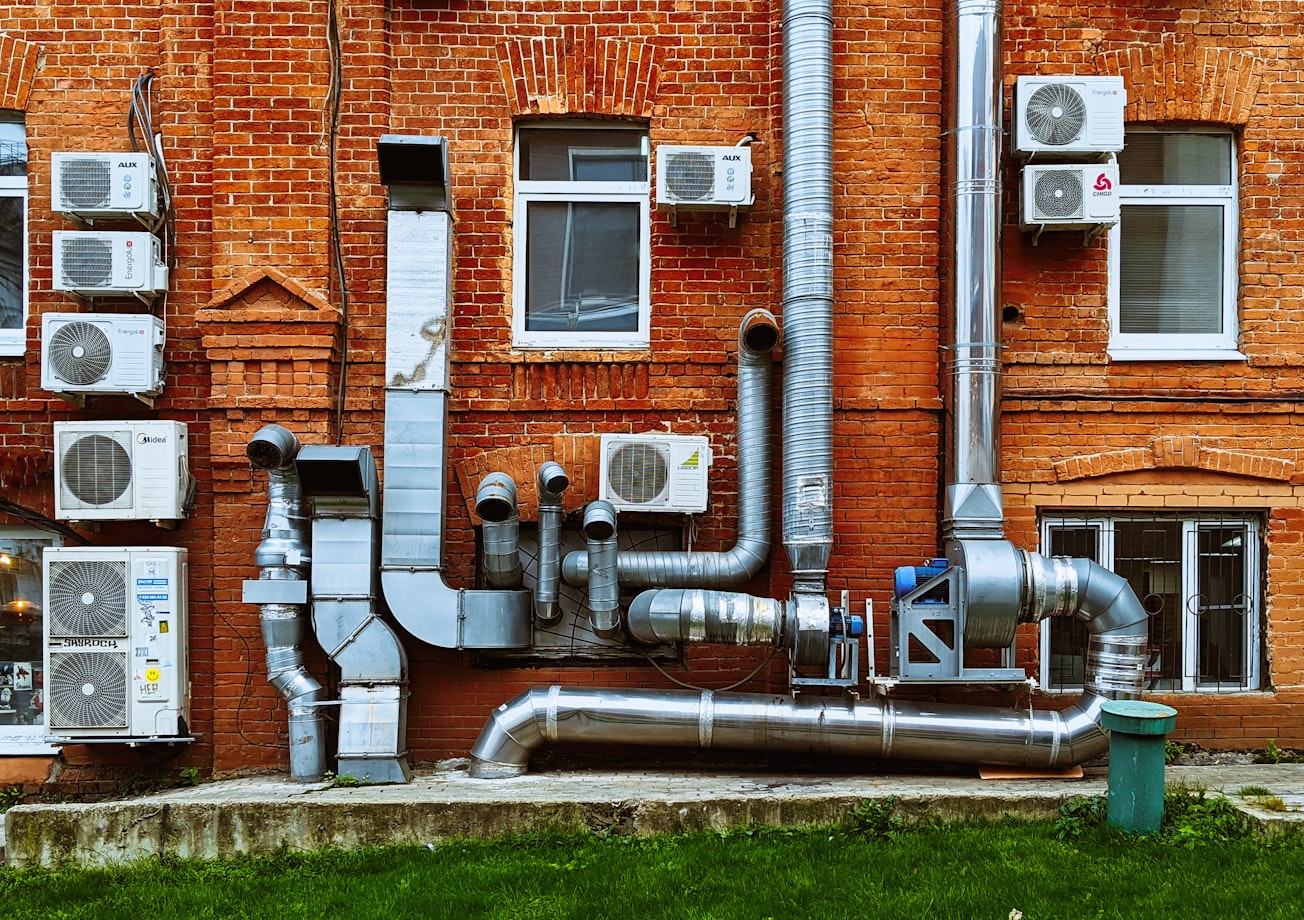What is it about?
Many of the chemicals in our day-to-day lives are emitted into the atmosphere. Chemicals that are slowly leaking from our fridges, air conditioners, insulation materials, etc. What happens to them next? Most of the time they are destroyed by the OH radical, otherwise known as the detergent of the atmosphere. But many compounds in daily use also react with ozone, which can have some surprising consequences, and could lead to the production of chemicals that are currently banned because of their extremely high global warming potential (GWP).
Featured Image

Photo by Vadim Babenko on Unsplash
Why is it important?
This work is the first to identify reactions of ozone as an atmospheric source of trifluoromethane, otherwise known as Freon 23, a molecule that lives for approximately 270 years in the atmosphere. The compounds affected are among the current generation of commercial refrigerants, the hydrofluoroolefins (HFOs), which are seeing increasing use. This relates to a combination of their material properties and their low calculated GWP. However, these calculations do not take into account this newly discovered chemistry, which increases GWPs severalfold in some cases. It is notable that not all HFOs produce Freon 23, and this work can therefore help to inform decisions on which refrigerants enter large-scale usage.
Perspectives
Much of the time, atmospheric chemists consider how quickly something is removed from the atmosphere, and the environmental impact is often based simply upon that. Although this is important, I think it essential to remember that when a molecule is destroyed, it doesn't disappear, it forms products. Some of these products may be of environmental concern and it is our job as atmospheric chemists to thoroughly assess this.
Max McGillen
Centre National de la Recherche Scientifique
Read the Original
This page is a summary of: Ozonolysis can produce long-lived greenhouse gases from commercial refrigerants, Proceedings of the National Academy of Sciences, December 2023, Proceedings of the National Academy of Sciences,
DOI: 10.1073/pnas.2312714120.
You can read the full text:
Contributors
The following have contributed to this page










